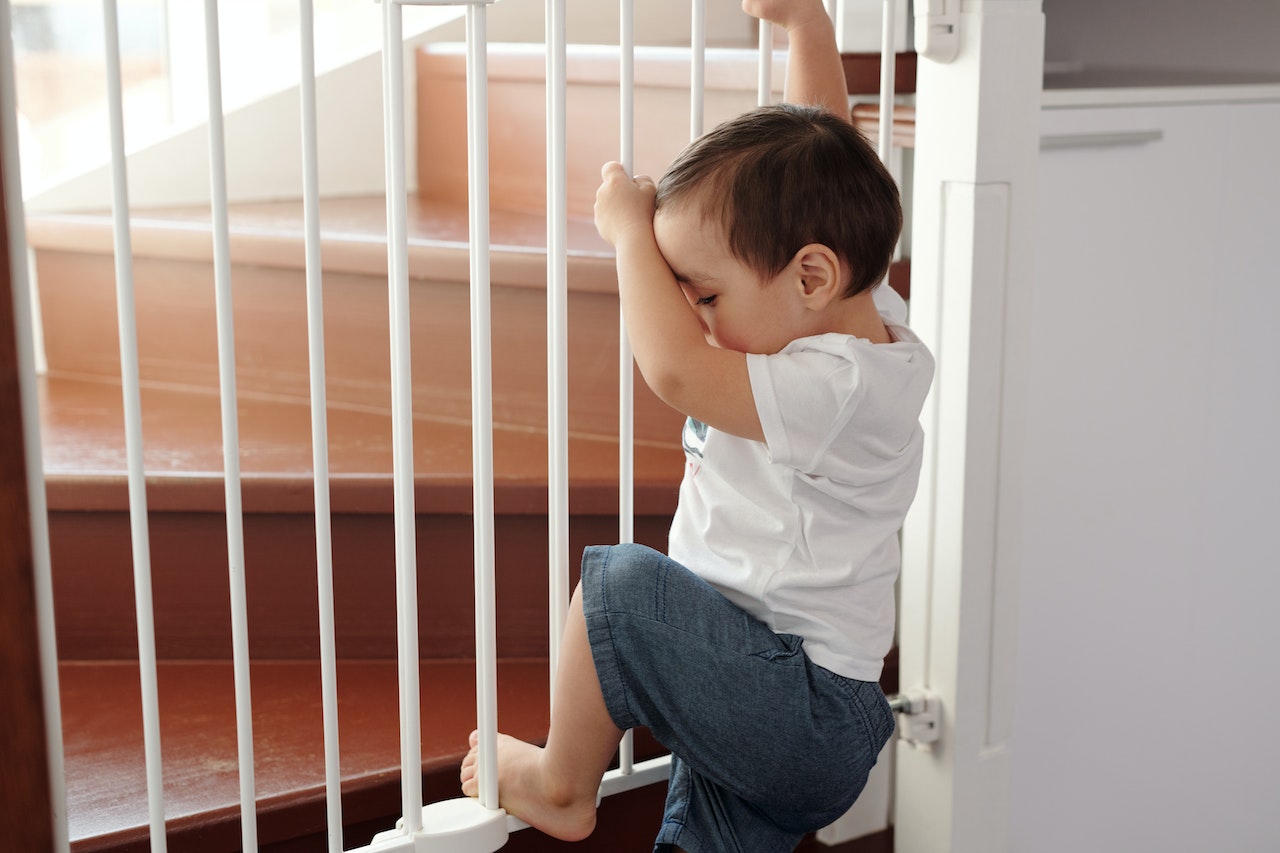Asbestos is a term that can strike fear into the minds of homeowners. You cannot see it, smell it or feel it. It’s been used in a wide range of construction materials and it’s estimated that over 3,000 products still utilize asbestos in production. In the U.S. it is still legal to import, manufacture and process asbestos-containing products. Many homes in the U.S. contain asbestos so let’s examine what it is and how it should be addressed.
What is asbestos?
Asbestos is a naturally-occurring silicate mineral. It consists of thin, fibrous crystals. Asbestos is naturally fire resistant, sound absorbent, chemical-resistant, strong, flexible and durable. It is mined throughout the world with the Russian Federation accounting for 50% of the world’s production of asbestos, followed by China, Brazil, Kazakhstan and Canada.
History of asbestos use
Asbestos mining began over 4,000 years ago and early users valued its unique, and valuable, properties. Its fire-resistant qualities made it useful for earthenware pots and cooking utensils, and was rumored to be used as a “magical” cloth that would not burn even when tossed into a fire. It wasn’t until the Industrial Revolution in the mid-1800’s where asbestos usage began to expand, particularly in the production of insulation and shipbuilding. From there it quickly found it’s way into other building materials such as pipe fittings and insulation, fire-resistant coatings, cement, vinyl flooring, roofing materials, sound-absorbing tiles, drywall and even furniture.
Early warning signs of asbestos danger
Even from the early stages of use, observers noticed that those who worked closely with asbestos became ill. However, most of the stories were anecdotal. In 1906 the first reported death due to asbestos was documented. It wasn’t until the 1940’s that a newly-discovered cancer, mesothelioma, was linked to asbestos. According to the Environmental Protection Agency, “It is estimated that between 1940 and 1980, 27 million Americans had significant occupational exposure to asbestos.” Although the danger of illness and death relating to asbestos exposure has been well-documented, the U.S. is the only developed nation that has not banned the use of asbestos in manufacturing.
Most common uses for asbestos in the home
Because of the wide range of uses, asbestos was used in a variety of construction materials. In the 1970’s and 1980’s asbestos was phased out of many home construction materials.
According to the International Association of Home Inspectors (InterNACHI), asbestos was commonly used in:
- Some roofing and siding shingles are made of asbestos cement. In fact, asbestos cement was used in siding materials as early as 1907. By the 1920’s it was recommended by the National Board of Fire Underwriters to replace wood siding because of it’s fire-retardant properties. Read more about asbestos cement siding.
- Houses built between 1930 and 1950 may have asbestos as insulation.
- Asbestos may be present in textured paint and in patching compounds used on wall and ceiling joints. Their use was banned in 1977.
- Artificial ashes and embers sold for use in gas-fired fireplaces may contain asbestos.
- Older products, such as stove-top pads, may have some asbestos compounds.
- Walls and floors around wood-burning stoves may be protected with asbestos paper, millboard or cement sheets.
- Asbestos is found in some vinyl floor tiles and the backing on vinyl sheet flooring and adhesives.
- Hot water and steam pipes in older houses may be coated with an asbestos material or covered with an asbestos blanket or tape.
- Oil and coal furnaces and door gaskets may have asbestos insulation.
Propex adds, “Any 9″x 9″ floor tile made prior to 1973 contains asbestos and most flooring installed before 1970 probably contains asbestos.” So if your home dates prior to the 1970’s, you may have a higher likelihood of having materials that contain asbestos.
When is asbestos dangerous in the home?
When left alone, asbestos is not dangerous. The danger occurs when the asbestos fibers become airborne, like during a remodeling or construction project, and are breathed in. For example, a textured ceiling containing asbestos does not pose a danger. However, scraping and removing this ceiling causes the asbestos fibers to become airborne, making it easier to breathe in. Although many schools and buildings contain asbestos, it may pose more of a danger to remove it than to let it remain in place. If you have known asbestos in your home, and the item in question is in good condition, experts advise that you leave it alone.
How to test and remove asbestos from the home
You cannot see asbestos but you may be able to “suspect” it in your home. If you are considering remodeling, and suspect the room in question contains asbestos, you will first need to have it professionally tested. An asbestos-certified professional, whether they are a home inspector or another licensed professional, can perform the removal of the sample and the testing. Taking a sample requires that no one else is present in the room, requires appropriate protective gear, and must be performed by a trained individual. InterNACHI warns, “Each person performing work in your home should provide proof of training and licensing in asbestos work, such as completion of EPA-approved training.” The EPA advises testing using polarized light microscopy (PLM). If the test proves positive for the presence of asbestos, you will want to hire a professional asbestos removal company. Professionals have the training, experience and equipment to properly remove the material safely and dispose of it accordingly. Although this is an additional cost to your improvement project, it is never recommended that you handle this removal yourself.
You can find an asbestos removal company on Porch.
Further information and research
- The United States Environmental Protection Agency
- Asbestos, Wikipedia
- United States Department of Labor, OSHA Asbestos Information




